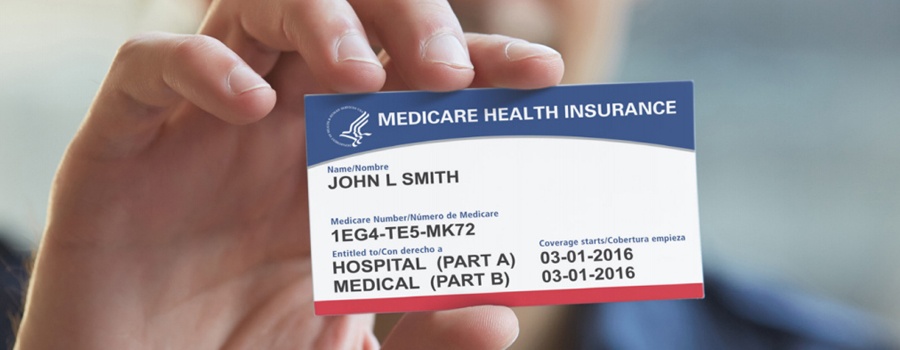Category: Uncategorized
-

Meet Our New Officers
Aruna Arora, M.D. President-Elect Dr. Arora originally planned to follow her father into medicine as a pediatrician after watching him treat his patients and seeing his dedication to the children and their families. She, too, wanted to make a difference in the daily lives of people. But, when she was in medical school, her fascination…
-

Medical Association Successfully Lobbies for PDMP Changes
MONTGOMERY — Registered users of the Alabama Prescription Drug Monitoring Program (PDMP) should have noticed a different format earlier this year. The new platform, called NarxCare™, provides enhanced analytics and risk scores with features including prescription information displayed in easy-to-understand graphic representations and allowing the users to obtain prescription information by clicking on the graphics.…
-

Association Announces New Online, OnDemand Education Center
Did you know that as a member of the Medical Association, you have access to our new online, OnDemand Education Center? Featured are seven Alabama Opioid Prescribing courses that meet the Alabama Board of Medical Examiner requirements for holders of an ASCS and are FREE to Medical Association members. The Medical Association’s new OnDemand Education Center…
-

Navigate the New Medicare ID Transition in 9 Steps
Due to a legislative mandate in MACRA passed in 2015, Medicare will no longer use social security numbers to identify individuals. Instead, a new randomly generated Medicare Beneficiary Identifier (MBI) will be assigned to all 58 million Medicare recipients. New Medicare ID cards containing the MBI are currently being sent to recipients. “It is a…
-

ALBME Names New Executive Director
Norris Green was recently named executive director of the Alabama Board of Medical Examiners. Green originally joined the ALBME in July 2015 as the associate executive director and was officially named director following the retirement of Larry Dixon in December 2016. Prior to coming to the ALBME, Green worked for 39 years with the Alabama…
-

Alabama Power Warns of Power Scam
*Editor’s note: After being contacted by several physicians, we contacted Alabama Power for additional information concerning the resurgence of an old scam. The Medical Association is joining Alabama Power to warn customers about a new wave of an old scam. In this instance, scammers call from toll-free numbers claiming that the customer’s account is past…
-

Larry Dixon to Retire as Executive Director of the Alabama Board of Medical Examiners
MONTGOMERY – After serving as executive director of the Alabama Board of Medical Examiners for more than 35 years, Larry Dixon has announced his retirement at the end of the year. “We are like family here,” Dixon said. “It has been my privilege to serve Alabama’s physicians and our staff because we are so much like family.…
-
Dr. Buddy Smith on ICD-10: “This should be a wake-up call … to be an advocate”
Medical Association President Buddy Smith, M.D., has had it with government mandates in medicine, likening ICD-10 to the proverbial “straw that broke the camel’s back.” “It has gotten to the point of absurdity. We need more of the ‘practice’ of medicine and less of the ‘process’ of delivering medical care. We are forced to jump…